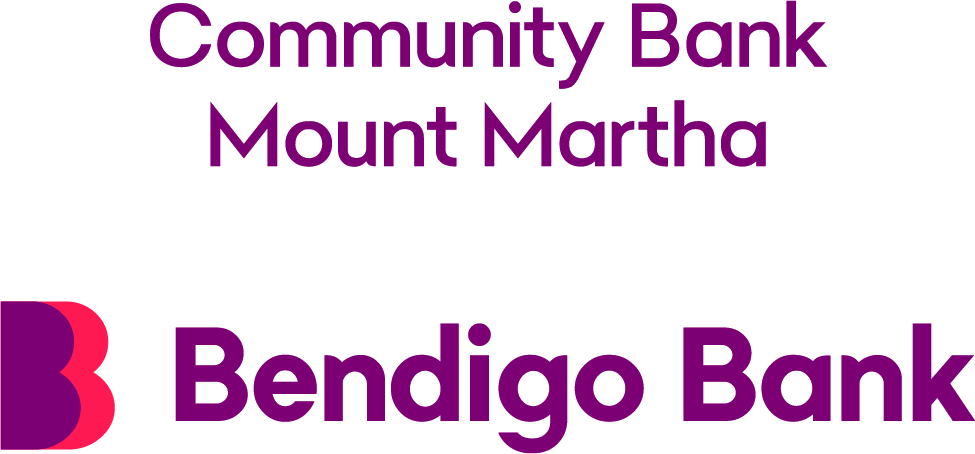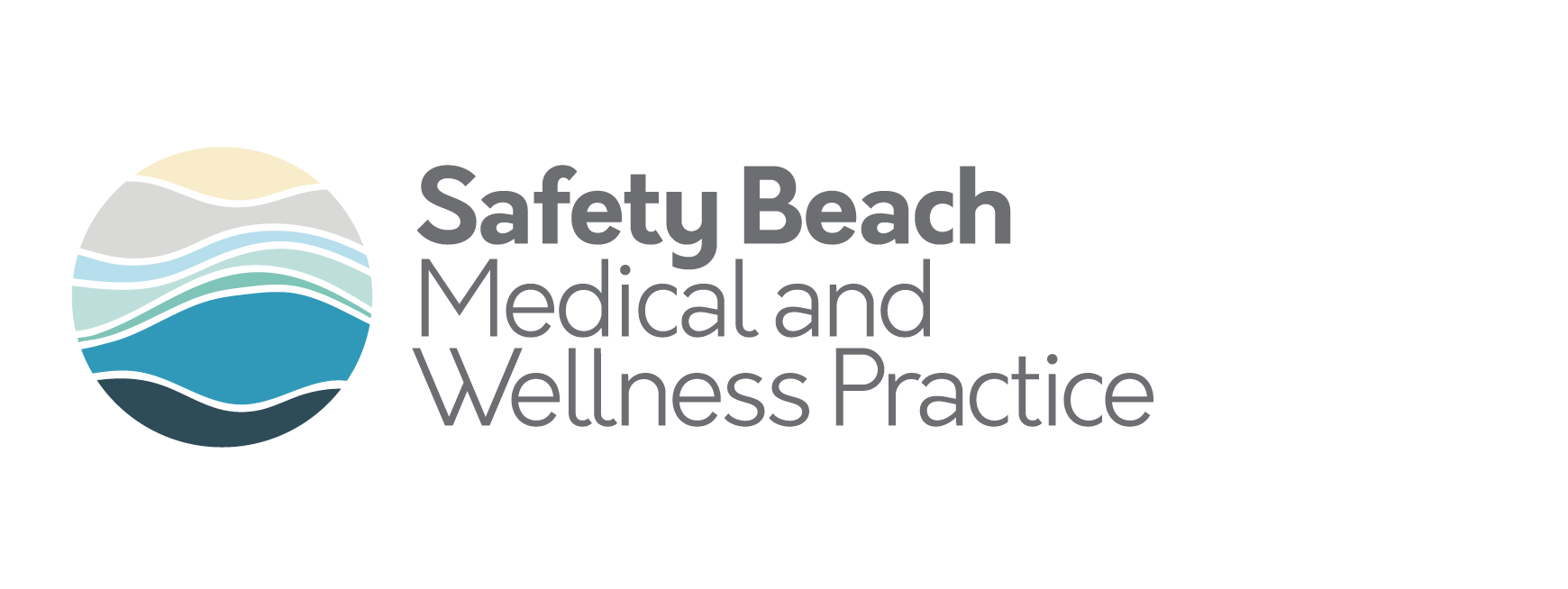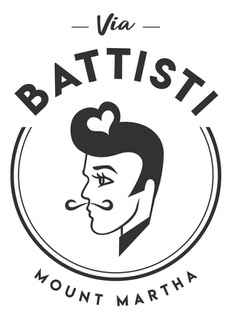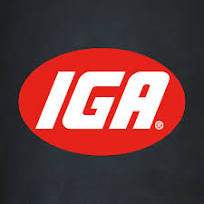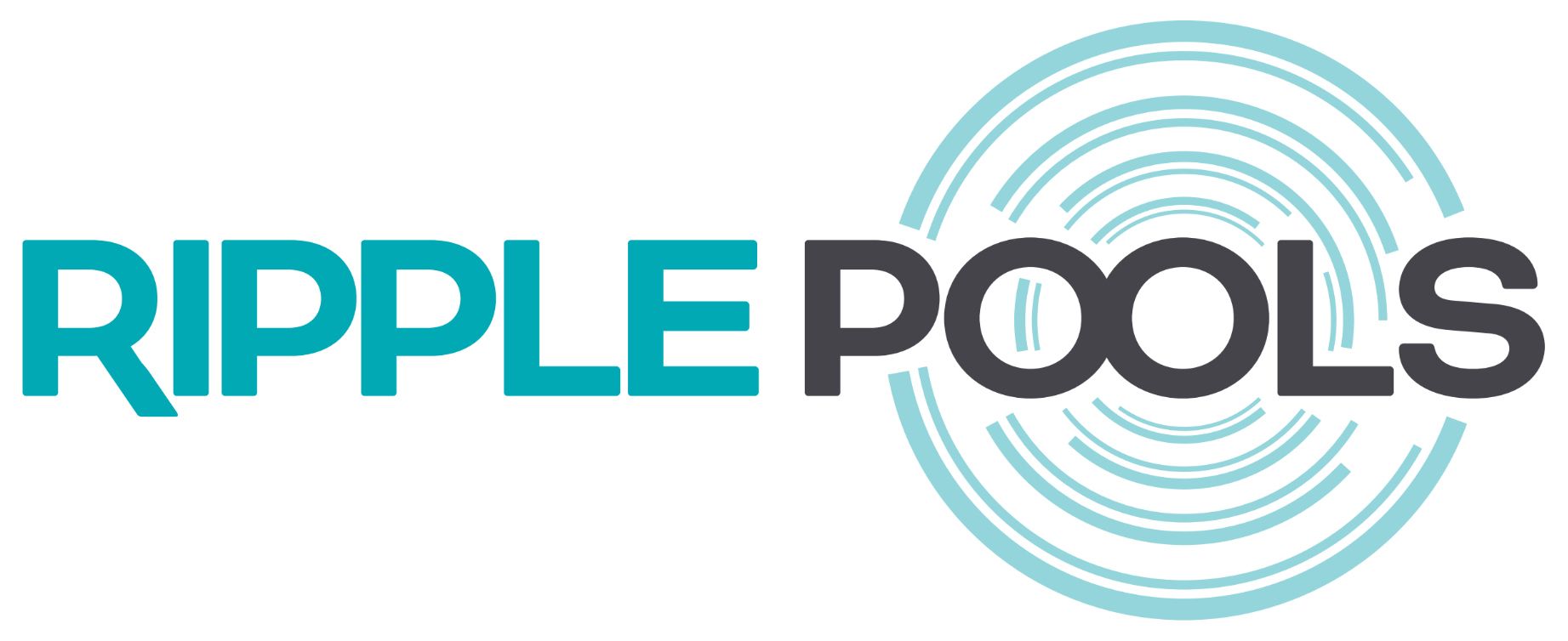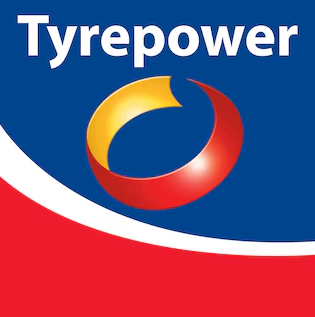1. PURPOSE
1.1 The purpose of this policy is to educate all members, staff, supporters, and spectators of the Mt Martha Junior Football Club (Club) on their responsibilities when interacting with children and young people at our Club and to familiarise members, staff, supporters and spectators with the Club’s processes for its response to any concerns, incidents or allegations of harm or abuse to children and young people.
2. POLICY STATEMENT
The Mt Martha Junior Football Club:
2.1. is committed to creating a safe, inclusive, and welcoming environment for all children and young people who participate in football and umpiring activities at our Club;
2.2. is committed to implementing child-safe practices in accordance with the Victorian Child Safe Standards (Appendix 1);
2.3. has zero tolerance for any form of child abuse or harm and will act quickly to protect children and young people should an incident occur. All complaints will be treated seriously, fully investigated and handled confidentially;
2.4. is committed to the active participation of children and young people at the Club, ensuring all children and young people know their rights, have their views taken seriously, and involve them in decisions that may directly affect them and their peers at the Club;
2.5. recognises the important role families play in supporting children and young people to participate in Australian football and values the input of families in decision-making at our Club;
2.6. recognises the particular needs of Aboriginal and Torres Strait Islander children and young people and will promote their cultural safety within the Club environment;
2.7. All children and young people have equal rights to protection from harm and abuse regardless of their race, religion, age, disability cultural background, gender, sexual orientation or family/social background. Our Club considers that the health, safety and well-being of children and young people take priority over all other competing considerations.
2.8. The safety and well-being of all children and young people at our club is a shared responsibility between the Club, its staff, contractors, associates, parents/carers, coaches, spectators, volunteers and members of our Club community.
3. SCOPE
3.1. This Policy applies to everyone involved at our Club including (but not limited to) participants, parents, spectators, contractors, officials, coaches, and board/committee members.
3.2. This Policy should be read in conjunction with Club’s related policies and procedures, the Victorian Child Safe Standards (Appendix 1) and Commonwealth and Victorian legislation and (Appendix 2).
4
3.3. Our Club is committed to continually reviewing its policies and practices to protect the safety and well-being of all children and young people. This policy will be reviewed on a regular basis in consultation with all Club participants including children, young people, parents/carers, board/committee members and other interested parties.
4. DEFINITIONS
4.1. Child and Young Person means a person under the age of 18 years.
4.2. Child Abuse includes all forms of physical, emotional, psychological, verbal and/or sexual abuse. Child abuse also includes sexual exploitation, neglect or negligent treatment, grooming, harassing behaviour, bullying or other exploitation of a child or young person and includes any actions that results in actual or potential harm to a child or young person. Child abuse can be a single incident or take place over time.
4.3. Child protection means any responsibility, measure or activity undertaken to safeguard children from harm.
4.4. Club is the name of the Club outlined in the header of this Policy document.
4.5. Family violence occurs when children and young people are forced to live with violence between adults in their home. Family violence includes violence between members of a family, or extended family, or those fulfilling the role of family in a child or young person’s life. It can include witnessing violence or the consequences of violence. Exposure to family violence places children and young people at increased risk of injury and harm and has a significant impact on their wellbeing and development.
4.6. Grooming is a term used to describe what happens when a perpetrator builds a relationship with a child or young person with the intent to abuse or harm them. Perpetrators may also groom parents/carers by forming relationships of trust with parents/carers before harming a child or young person. Grooming can take place over a long period of time before abuse occurs or the abuse can happen relatively quickly. Grooming can take in physical (face-to-face) environments or online.
4.7. Harm can be any action that may have a significant impact on a child or young person’s physical, psychological or emotional well-being. Harm can be caused by:
• Physical, psychological or emotional abuse or neglect;
• Sexual abuse or exploitation;
• Family violence;
• a single act, omission or circumstance; and
• a series or combination of acts, omissions or circumstances.
4.8. Sexual abuse or exploitation is any act that exposes a child or young person to or involves them in sexual acts beyond their understanding or contrary to accepted community standards. Sexual offense behaviours can include the fondling of genitals, masturbation, oral sex, vaginal or anal penetration by a penis, finger or any other object, fondling of breasts, grooming, voyeurism, exhibitionism, and exposing the child to or involving the child in pornography. It also includes engaging a child or young person to participate in sexual conversations online.
4.9. Concerns and complaints include any issue that an adult or peer considers may negatively impact on the safety or well-being of a child or young person.
5. EXPECTED BEHAVIOUR AT OUR CLUB
5.1. All participants, parents, spectators, contractors, officials, coaches, and board/committee members have responsibilities in relation to the safety and wellbeing of children and young people at our Club and are expected to:
5.1.1. understand the definitions of child abuse and harm and act on anything that they hear or see;
5.1.2. understand the rights of children, as appropriate to their role, and cause no harm to a child or young person;
5.1.3. value equity and diversity at the club and treat all children and young people with respect regardless of their race, religion, age, disability cultural background, gender, sexual orientation, or family/social background;
5.1.4. at all times, know and follow this Policy and related child safety and wellbeing guidance (including but not limited to our Club’s Child Safe Code of Conduct and Complaints Handling and Reporting procedures);
5.1.5. co-operate with police and/or other formal investigations to the best of their ability.
5.2. All third-party contractors are expected to abide by our Club’s Child Safe Code of Conduct, and where they may engage with children or young people, sign an agreement requiring them to comply with this Policy and our Club’s Child Safe Code of Conduct, prior to delivering any services.
5.3. Our Club will appoint a Member Protection Officer/ Child Safeguarding Officer or equivalent role that will be the primary point of contact for all concerns and complaints related to child safety and well-being.
6. RECRUITMENT AND SCREENING
6.1. Our Club seeks to implement screening practices that reduce the risk of harm or abuse to children and young people by:
6.1.1. Recruiting people suitable to work and interact with children and young people (e.g. by requiring a Working With Children Check or other State equivalent and/or Police checks). No adult will be allowed to work in a child-related role at our Club until a valid Working with Children Check and/or Police Check has been obtained.
6.1.2. Undertaking background checks of staff, contractors, and volunteers who interact with children and young people such as two referee checks with specific child-related questions.
6.2. Our Club also requires that all board/committee members hold a valid Working with Children Check.
6.3. Once engaged, staff, volunteers, board/committee members, and contractors must read this Policy and related documents (such as those outlined in Appendix 2) and familiarise themselves with child-safe practices at our Club.
7. SUPPORTING CLUB STAFF, COMMITTEE MEMBERS AND VOLUNTEERS
7.1. Our Club is committed to supporting all staff, board/committee members and volunteers to understand how to create a child-safe and child-friendly environment at our club.
7.2. Our Club recommends that staff, board/committee members and volunteers familiarise themselves with the following online training in child-safe practices - AFL Safe Footy Safeguarding webinars and resources, Play by the Rules training (child protection, cultural awareness, LGBTI+ inclusive clubs, Let Kids be Kids, Complaint handling) and eSafety Commissioner (safe online environments) (Appendix 3).
8. RISK MANAGEMENT APPROACH
8.1. Our Club recognises the importance of identifying and managing risks to children and young people in physical and online environments and will implement a risk management plan to address risks.
8.2. The risk management plan will be updated on a regular basis in consultation with staff, volunteers, parent representatives and children and young people to ensure it is fit for purpose.
9. COMPLAINTS AND REPORTING
9.1. Our Club will take all concerns and complaints seriously, whether they are raised by an adult, child or young person. All child-related concerns and complaints will be responded to promptly and confidentially.
9.2. Our Club has a complaint handling policy in place and a child-friendly complaints poster to help children and young people to understand how they can raise a concern or a complaint with the Club.
9.3. If there is concern for the immediate safety of a child or young person, immediately call the Police ‘000’.
9.4. If a child or young person is not in immediate danger but any person who believes on reasonable grounds that a child or young person is in need of protection from any form of child abuse or harm, may disclose that information to the Police, Child Protection or the Commissioner for Children & Young People.
9.5. If a concern or complaint includes an allegation or incident of child abuse or harm, Club staff and volunteers must report it in accordance with our Club’s Complaint Handling Policy.
9.6. Any Club staff member, board/committee member, or volunteer who is the subject of a child or young person-related concern or complaint may be requested to stand down from their position in the Club during an investigation, have their duties altered so they do not engage with children and young people and/or have their access to the Club’s IT system/database removed.
9.7. Our Club will investigate allegations of inappropriate conduct against a child or young person in accordance with procedural fairness and will handle the allegations in a confidential and sensitive manner.
9.8. Our Club will keep a register of any allegations regarding inappropriate conduct.
9.9. REPORTING SEXUAL ABUSE
9.9.1. If a person receives information that leads them to form a reasonable belief that a sexual offense has been committed, that person has a legal obligation to disclose that information to the Police as soon as it is practicable. Individuals who fail to comply with this obligation under the Crimes Act 1958 (Vic) may be subject to a penalty of imprisonment.
9.9.2. A number of professions in the community (including but not limited to teachers, nurses, and doctors) are also required by law to report to Child Protection where they have formed a belief, on reasonable grounds, that a child is in need of protection because they have suffered (or are likely to suffer) significant harm due to physical or sexual abuse.
9.9.3. This report must be made as soon as practicable, and on any occasion where they become aware of other allegations and have reasonable grounds for belief.
10. POLICY BREACHES
10.1. It is a breach of this Policy for any person or organisation subject to this Policy to have been found to have done anything contrary to this Policy. Any person who breaches this Policy is subject to disciplinary action deemed appropriate by the Mt Martha Junior Football Club’s Executive Committee.
11. RECORD KEEPING AND INFORMATION SHARING
11.1. Our Club is committed to making and retaining accurate records of reports of child safety-related concerns and complaints.
11.2. Our Club will maintain records and outcomes of investigations and resolutions of concerns and complaints. In maintaining records of reports about child safety, our Club will maintain confidentiality and privacy for children and families in accordance with legislation.
11.3. As part of our Club’s commitment to continuously improve our children and young people safety practices, the Club will review identified risks to children and young people through the incident management and record-keeping process and will incorporate those risks into the risk management plan.
11.4. From time to time, our Club may share relevant information to promote the safety and well-being of children and young people where appropriate and in their best interest. This may include sharing information with external authorities to comply with the law or to prioritise the safety of a child or young person.
Appendix 1
8
VICTORIAN CHILD SAFETY STANDARDS
1) Organisations establish a culturally safe environment in which the diverse and unique identities and experiences of Aboriginal children and young people are respected and valued.
2) Child safety and wellbeing is embedded in organisational leadership, governance, and culture.
3) Children and young people are empowered about their rights, participate in decisions affecting them, and are taken seriously.
4) Families and communities are informed and involved in promoting child safety and wellbeing.
5) Equity is upheld and diverse needs are respected in policy and practice.
6) People working with children and young people are suitable and supported to reflect child safety and well-being values in practice.
7) Processes for complaints and concerns are child-focused.
8) Staff and volunteers are equipped with the knowledge, skills, and awareness to keep children and young people safe through ongoing education and training.
9) Physical and online environments promote safety and well-being while minimising the opportunity for children and young people to be harmed.
10) Implementation of the Child Safe Standards is regularly reviewed and improved.
11) Policies and procedures document how the organisation is safe for children and young people.
9
Appendix 2
RELATED DOCUMENTS & LEGISLATIVE REQUIREMENTS
This Policy should be read in conjunction with:
• the laws of the Commonwealth and Victoria (as amended from time to time) including but not limited to:
o Children, Youth and Families Act 2005 (Vic)
o Child Wellbeing and Safety Amendment (Child Safe Standards) Act 2015 (Vic)
o Crimes Act 1958 (Vic) Failure to Disclose Sexual Offence Committed Against a Child Under 16 (section 327); Failure by a Person in Authority to Protect a Child from a Sexual Offence (section 49 O);
o Working with Children Act 2005 (Vic); and
o Wrongs Act 1958 (Vic) Organisational liability for child abuse.
• the Club’s policies and procedures, including but not limited to:
o Privacy Policy;
o Constitution;
o Child Safe Codes of Conduct;
o Member Protection Policy;
o Complaints and Reporting procedures;
o Photography and Videography Policy; and
o Social Media Policy
10
Appendix 3
RELATED CHILD SAFETY EDUCATION RESOURCES AND LINKS
AFL Safe Footy Safeguarding webinars and resources
www.afl.com.au/clubhel/safeguarding-children
Play by the Rules training (child protection, cultural awareness)
www.playbytherules.net.au
eSafety Commissioner (safe online environments and sporting organisations)
www.esafety.gov.au


